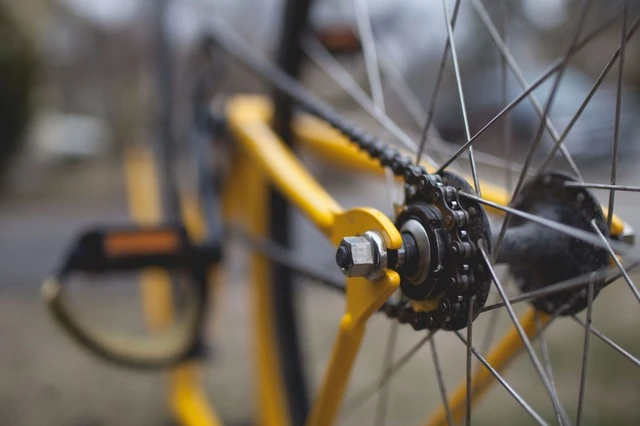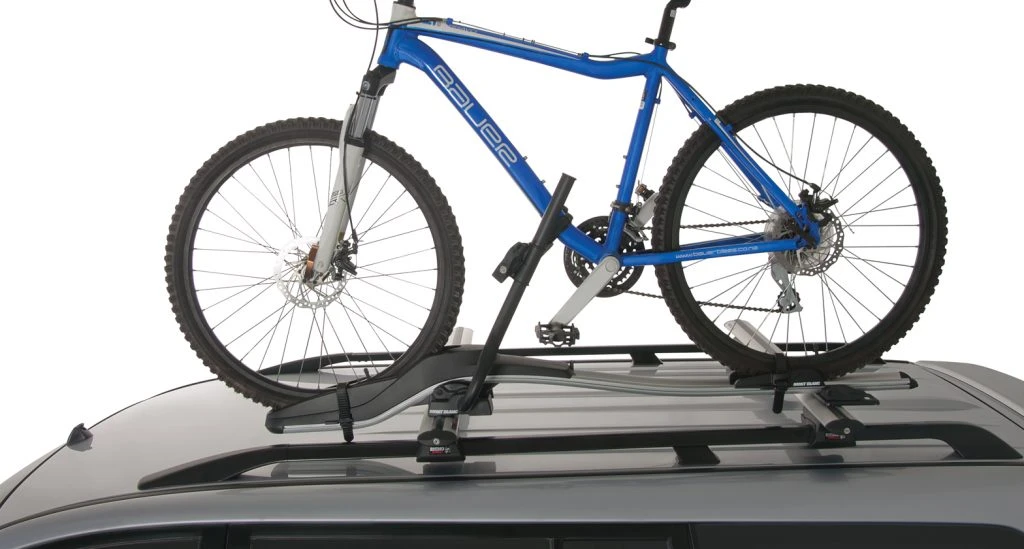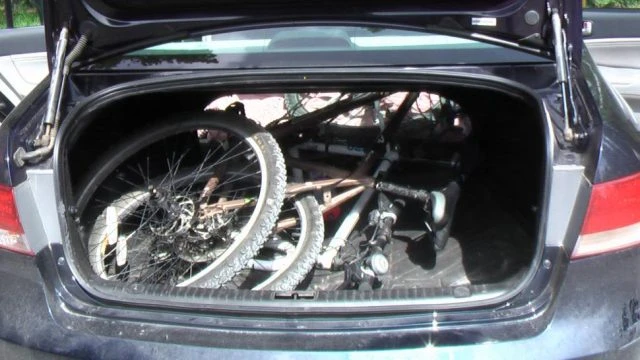How to Transport a Bike By Car
Whether it’s the casual enthusiast, devout fitness fanatic, or professional rider, everywhere you look there appears to be a bike on our roads.
And while some cyclists have embraced the humble bike as a way to break free from being behind the wheel, the two forms of transport are not always mutually exclusive. In fact, often riders like to transport their bicycles with them on long drives.
So what’s the best way to transport your bike by car?
Use a Bike Rack
If opting to carry your bicycle on a rear mounted rack, it’s important that the rack chosen is compatible with your vehicle.
Generally one would be able to choose from straps (more suited to hatchbacks and sedans), or a tow ball mounted option (SUVs/4WDs). In the case of the latter, confirm that the load being carried is permitted by the vehicle manufacturer, and that you have access to open the boot if necessary.

Perhaps the most common option on our roads, roof racks are often used by motorists who drive station wagons or SUVs/4WDs. The rack types available vary in their transport configuration, where bicycles may be stored upright or upside down.
Regardless, the rack needs to conform to the vehicle you are driving, and should be installed in accordance with the manufacturer’s specifications. Always keep in mind that your vehicle may be restricted from safely accessing certain spaces when transporting a bike on the roof of your car.

In the Boot or Cabin
In the case of vehicles with larger internal spaces, some motorists may elect to disassemble the bike’s wheels and secure their bicycle inside the boot or rear cabin. While you might think that storing a bike inside your vehicle eliminates the risk of it causing a problem, this is far from the case.
Should you need to manoeuvre suddenly, or if you find yourself in an accident, unsecure bikes have the potential to act as a projectile, which is a major safety hazard. As such, you should ensure the vehicle is tied down with straps.
Fortunately, some hatchbacks and SUVs allow you to fold the seats down so that you can lay your bike across an expanded cargo area. This is a convenient solution that saves you time, while also making it easier to secure the bike.
If you’re driving a ute, you might just have an even simpler solution at hand! That’s right, the rear tray can serve as a very functional and capable space to take your bike with you, just about anywhere.

Other Considerations
Just to round things out, it’s worth taking the law into account. In some states like Victoria, it’s actually illegal to have a bike rack installed on your vehicle if there are no bicycles fitted.
In what is perhaps less of a surprise, it’s important to ensure your number plates are not blocked by a rear bike rack, or you’ll also be facing the prospect of dealing with an infringement notice.
Whether you are storing your bike inside your car, or transporting it via a dedicated bike rack, you may also want to consider the risk of theft. As some bikes can be worth thousands of dollars, it is not uncommon for them to be the target of crime.
Last but not least, don’t skimp on the quality of any fittings or supports you buy.